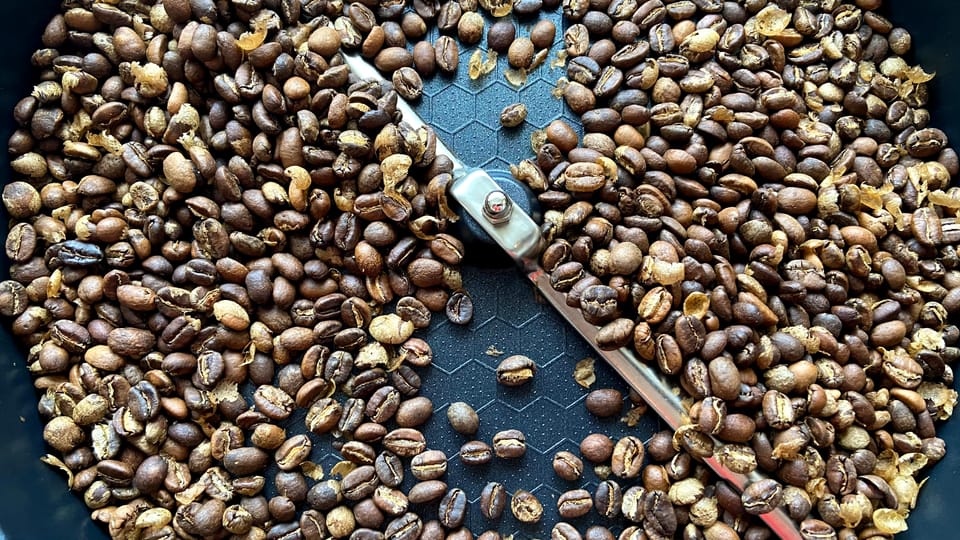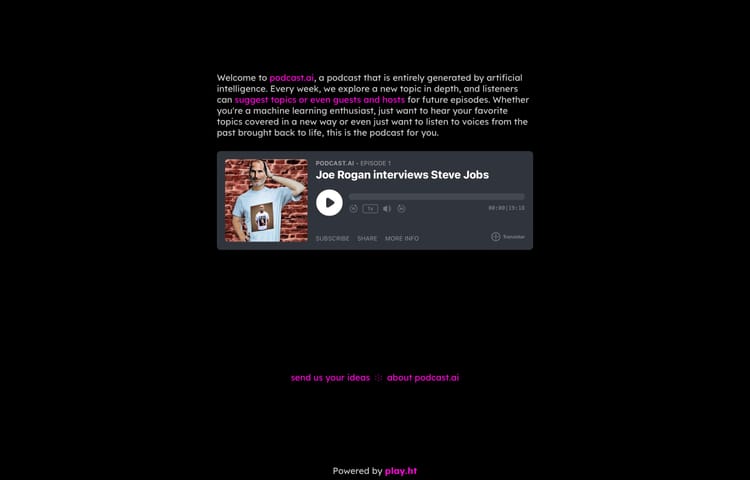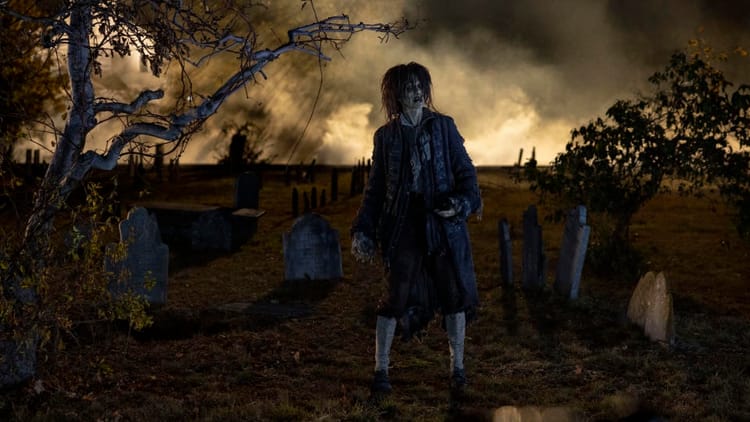Roasting unroasted coffee beans - Continued...

Affiliate links:
Please be aware that the links in this article are affiliate links. If you click on them, I will gain some sort of commission. All money gained will help future blog posts.
Contents
If you’d like a weekly email in your inbox, please join the newsletter by entering your email address below.
By subscribing, you agree with Revue’s Terms and Privacy Policy.
Yesterday, I attempted to roast some unroasted coffee beans that I accidentally purchased. I also received a coffee roaster from Amazon and attempted a fourth roast. Here’s how the whole process went, and my thoughts on the final attempt.
Fourth roasting attempt (here we go!)
The machine we purchased is a little standalone device that can sit on your kitchen side. You can set a temperature from 0C to 240. When you switch it on, the arms start rotating to help give the beans a more even roast. For those that are interested in what temperature I used during this roast, I put it at 200C. I want to try another batch at 160C and see how that goes because I felt like 200C was roasting them too quickly.
There’s a lot of steam coming off because the beans are wet. You need to remember to open a window or two and turn on an extractor fan if you have one. I was mesmerised by the beans spinning around and slowly changing colour. However, I kept feeling light-headed because the beans are letting of CO2 as they roast. This is another reason why you should open windows and use an extractor fan. Breathing in all the CO2 can cause you to become light head and possibly make you faint. BE CAREFUL!
Getting rid of the thin shells (or paper bits)
Once you have finished roasting, this will leave you with some beautifully roasted beans and these tiny shells. The little shell bits are thin and can blow in the wind. A friend on Twitter showed me how he roasts his beans, and in his video, he has his process for getting rid of them.
He takes two bowls and puts all the beans in one of the bowls. He will then go outside and pour the beans from one bowl to another. I tried his technique, and despite losing a couple of beans, it worked out really well. I had two batches that I needed to do this process. However, I left the second batch on the side, and my wife came up with another technique.
She places the beans inside a colander and keeps shaking them around until all the shells move through the holes. It seems like a better process since there’s less chance of losing any beans in the process.
Finishing up
Today, I had two brews using the coffee I roasted on the roasting machine. It’s a smooth medium blend with caramel notes. There was no raw taste which means the beans were definitely fully roasted, unlike the batch from yesterday. The grind is also a lot darker than yesterday’s batch.
Final verdict
They taste a lot better, and they’re very smooth. I’ll be keeping this little roasting machine, and I’ll experiment with different temperatures and lengths of time until I get a roast I’m 100% happy with. As my roasting experience improves, I will keep updating the blog with more posts for anyone who might be interested in following along.
It’s funny how this started off as a happy accident because I accidentally purchased unroasted beans from Rave. Rave are also a great company who sell roasted and unroasted beans. I just happened to click on unroasted and forgot to read the description. 🤦♂️
If you enjoy reading this article, please feel free to follow me on WordPress, my newsletter, or Twitter. I look forward to seeing you here tomorrow.










Member discussion